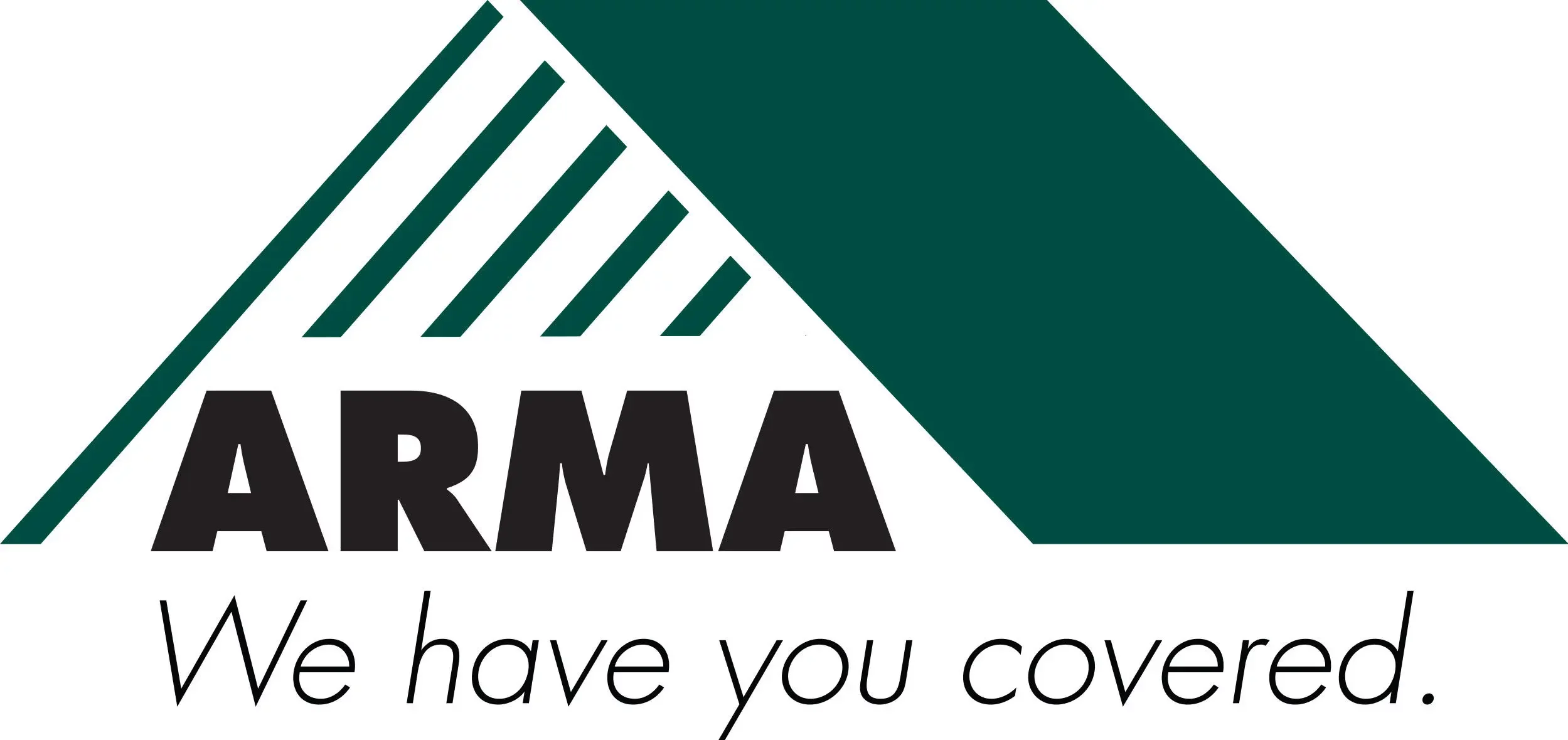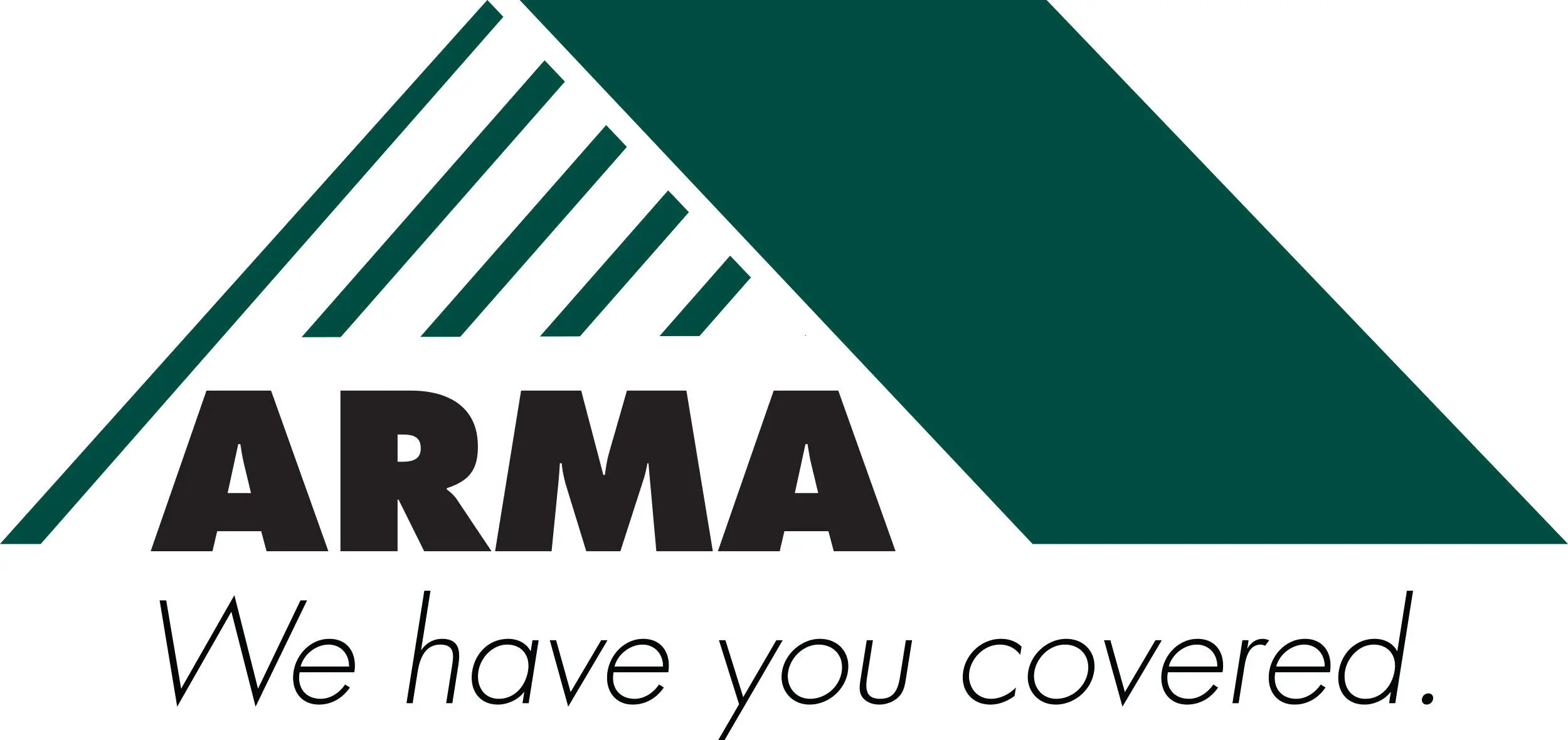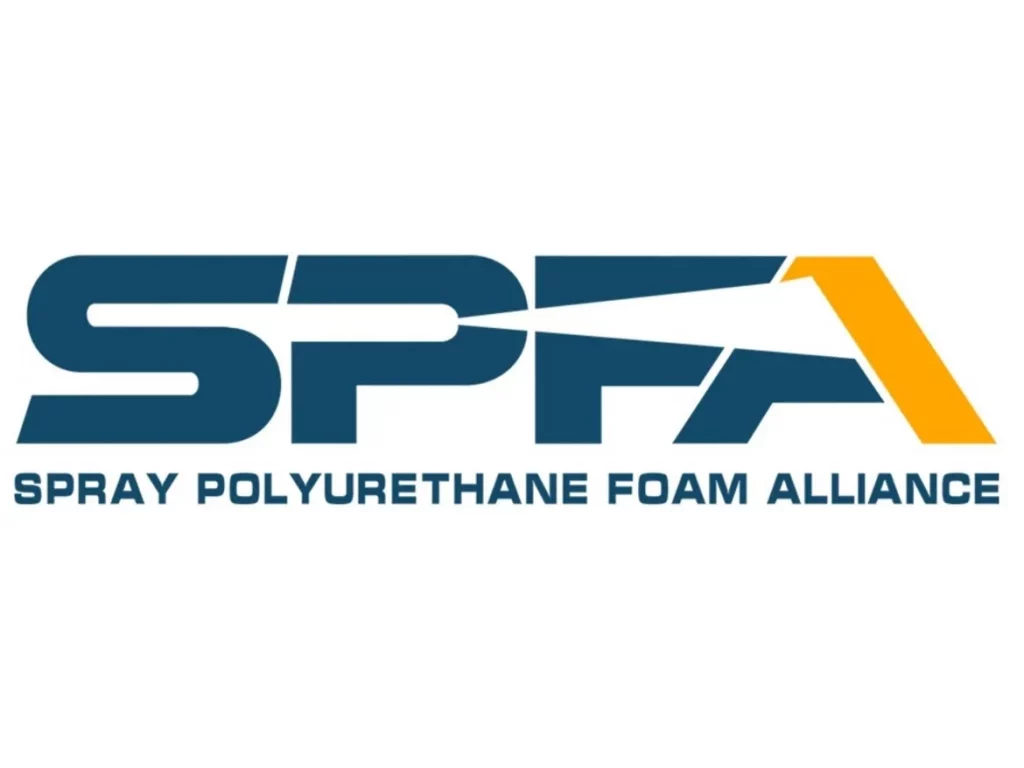Restoring a metal roof involves a sequence of technical steps designed to address surface deterioration, prevent moisture intrusion, and extend the roof’s usable life. The core process includes cleaning, corrosion treatment, seam sealing, primer application, coating installation, and post-restoration inspection. Each phase must follow strict material compatibility and environmental condition checks to ensure long-term performance.
Professionals follow this approach to avoid premature coating failure, leakage, or thermal inefficiency. This article explains each step in detail and outlines decision-making factors for property owners in Kansas and surrounding regions, where temperature swings and UV exposure accelerate roof aging. The methods described reflect hands-on expertise with roof systems commonly used in metal structures across agricultural, commercial, and industrial sites, especially when implementing proven Metal Roof Restoration solutions.
Full Process Breakdown for Metal Roof Restoration
Each phase in the restoration sequence serves a technical role. The table below outlines the core steps and the specific objectives of each stage:
| Step | Process Name | Purpose | Key Considerations |
|---|---|---|---|
| 1 | Surface Cleaning | Remove dirt, oil, and biological growth | High-pressure wash; must be dry before next step |
| 2 | Rust and Corrosion Removal | Treat oxidized areas to stop further degradation | Use mechanical abrasion or chemical rust converters |
| 3 | Seam and Fastener Sealing | Prevent leaks and secure vulnerable points | Urethane or silicone sealants around fasteners and laps |
| 4 | Primer Application | Improve adhesion between metal and coating | Compatibility with topcoat is critical |
| 5 | Reflective Coating Install | Add UV protection, waterproof layer, and energy reflectivity | Minimum dry film thickness must be verified |
| 6 | Final Inspection | Confirm coverage, adhesion, and workmanship quality | Includes moisture tests, mil-thickness checks, adhesion pull tests |
Comparison of Metal Roof Coating Options
Choosing the right coating system is critical. Each type has different performance metrics depending on the site exposure, substrate, and budget.
| Coating Type | UV Resistance | Water Resistance | Typical Lifespan | Ideal Use Case | Recoat Interval |
|---|---|---|---|---|---|
| Acrylic Elastomeric | Moderate | High | 10–15 years | Cost-effective, low-slope roofs | 7–10 years |
| Silicone | Very High | Very High | 15–20 years | High UV exposure or ponding areas | 12–15 years |
| Polyurethane | High | Moderate | 12–18 years | Foot traffic zones or mechanical areas | 8–12 years |
| Hybrid Systems | Variable | Variable | 15–20 years | Custom formulations for specific needs | Custom cycle |
Technical Performance Data
| Property | Acrylic Coating | Silicone Coating | Polyurethane Coating |
|---|---|---|---|
| Reflectivity (initial) | ~85% | ~88% | ~82% |
| Tensile Strength (psi) | 250–300 | 350–400 | 400–600 |
| Elongation (%) | 200–300 | 250–400 | 150–250 |
| Water Absorption (24 hr) | ~5% | <1% | 2–3% |
| Dry Film Thickness (avg) | 20–30 mils | 25–35 mils | 30–40 mils |
Source: National Roofing Contractors Association (NRCA), 2024 Roofing Materials Technical Bulletin
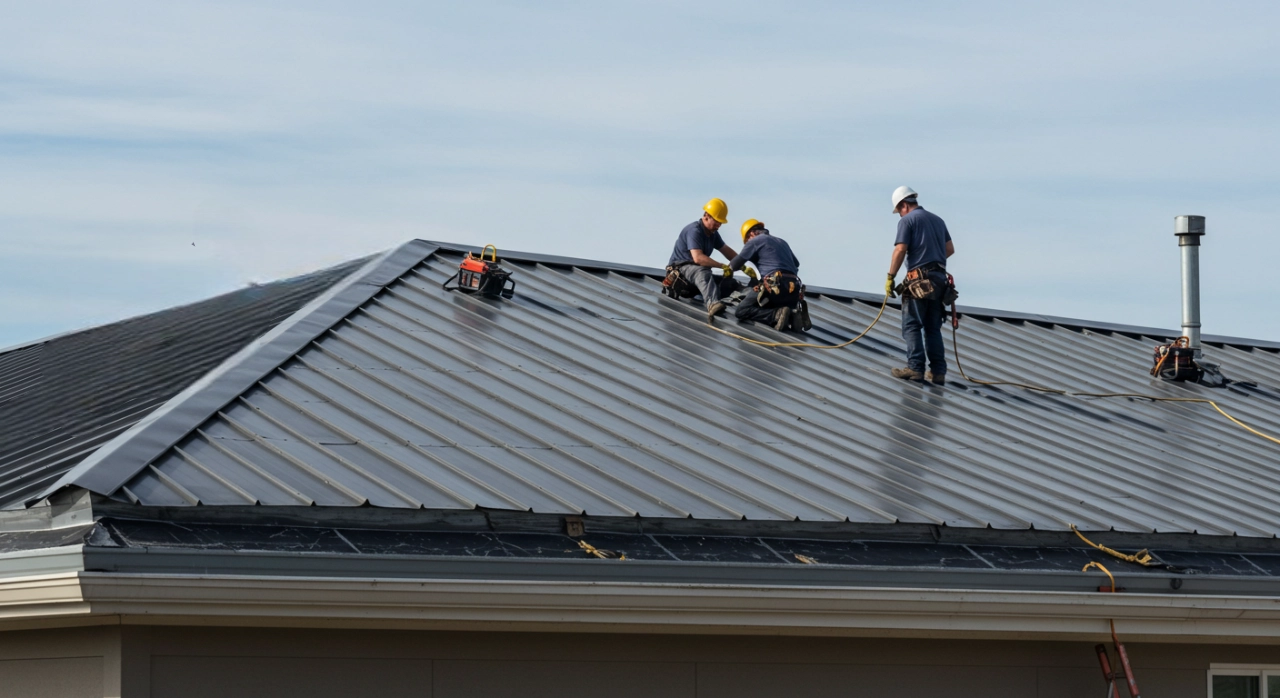
Region-Specific Recommendations for Kansas
Metal roof restoration in Kansas requires coatings with high flexibility and UV stability due to the area’s freeze-thaw cycles, hail exposure, and direct summer sun. Silicone systems are favored for their ability to withstand ponding and extreme thermal expansion. For agricultural buildings, an acrylic system may suffice if budget is a constraint and water drainage is adequate.
Bonus Tip: For properties near open fields or feedlots, always opt for coatings with mildew and ammonia resistance to withstand biological contaminants in the air.
Things to Consider Before Making a Decision
- Substrate Condition: Restoration only works if the base metal panels are structurally sound. Severely corroded or punctured panels often require replacement.
- Slope and Drainage: Low-slope roofs with ponding areas demand coatings that tolerate constant moisture. Silicone is the top choice in such cases.
- Foot Traffic: Facilities with regular rooftop equipment checks (like HVAC systems) should choose systems with higher tensile strength and abrasion resistance.
- Climate Exposure: In areas with intense UV exposure or frequent hail (as in Kansas), coatings must balance flexibility and durability.
- Budget Lifecycle: Upfront material costs vary, but some coatings require more frequent reapplication. Calculate total lifecycle costs, not just initial spend.
Bonus Tip: Always request adhesion test patches before full restoration. This avoids compatibility failures between existing materials and new coatings.
Closely Related Services Offered by Arma Coatings of Wichita
Arma Coatings of Wichita provides specialized insulation and restoration solutions directly related to metal roof systems:
- Metal Roof Restoration Full-scope cleaning, sealing, and coating application to extend roof life and improve energy performance.
- Spray Foam Air Barriers Seamless insulation that seals air leaks in roof decks and walls, improving building envelope efficiency.
- Commercial Foam Insulation Spray-applied insulation suitable for flat and low-slope metal roofs on warehouses and retail buildings.
- Metal Building Insulation Thermal and moisture control systems designed specifically for pre-engineered steel structures.
Common Questions About Metal Roof Restoration
How long does a typical metal roof restoration last?
With proper surface prep and material selection, most restoration systems last 10–20 years before reapplication.
Can metal roof restoration be done in cold weather?
Yes, but product selection matters. Some coatings require surface temperatures above 50°F to cure properly.
Do I need to remove the old coating first?
Not always. If the existing coating is stable, it may be coated over after proper cleaning and adhesion tests.
Get Expert Insulation Guidance
Arma Coatings of Wichita provides metal roof restoration and insulation services based on direct installation experience across industrial, agricultural, and commercial sites in Kansas.
Contact: Phone: (316) 755-9100 Email: [email protected]
Get accurate information before deciding on your roof project.
FAQs
What is the best coating for metal roofs in high UV zones?
Silicone coatings are the best for areas with intense sun exposure due to their UV stability and reflectivity.
How do I check if my roof qualifies for restoration?
Inspect for rust penetration, loose panels, and coating failures. Minor issues can be restored; structural damage cannot.
Can I walk on a restored metal roof?
Yes, but only after the coating has cured fully. Polyurethane systems perform best for foot traffic zones.
How often should I inspect a restored roof?
Twice annually—preferably in spring and fall—to catch sealant wear, pooling, or coating breaches early.
Will a reflective coating reduce interior temperatures?
Yes. Reflective coatings can reduce roof surface temperature by up to 50°F, improving interior comfort and lowering HVAC loads.

